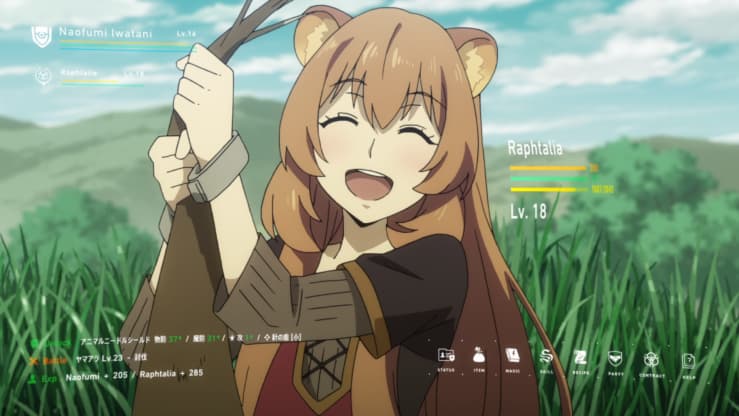-
(#17) Noble Bodies Interred With Leaden Hearts - Rennes, France
At a convent in Rennes, France, archeologists made a romantically morbid discovery - bodies buried with the lead-encased hearts of their loved ones in their hands. Nearly 400 years old, the hearts themselves were inside heart-shaped urns and embalmed with lead, which made them extremely well preserved, according to researchers.
Because they were still so intact, researchers were able to run a battery of tests to investigate the relative health of their previous owners. Because nothing says I love you like a preserved heart for eternity.
-
(#7) 'Alien' Skulls - Sonoma, Mexico
These "alien skulls” were discovered in a Mexican graveyard in the state of Sonora. At the site, researchers found a total of 25 skulls, 13 of which possessed strange malformations. Though they look alien, they are in fact the result of skull binding, an ancient practice in cultures around the world. Several also had dental mutilation, filing their teeth. It seems that many or all of the children may have lost their lives due to failed attempts at cranial deformation.
The finding isn’t exactly new, but it is the first time the practice was discovered north of Central and South America. Often these unusual skull shapes were created by wrapping an infant's malleable skull between two boards. Over months or years, this would lead to a "cone-shaped" head. Archaeologists aren't sure exactly why this group practiced cranial deformation, though it's often considered a sign of elevated social status.
-
(#10) The Curse of King Tut
- TV Episode
Many ancient Egyptian tombs contain inscriptions of curses for those who disturb the sacred resting place. One such inscription reads: "Cursed be those who disturb the rest of a Pharaoh. They that shall break the seal of this tomb shall meet death by a disease that no doctor can diagnose."
So, it’s no wonder that the many strange deaths following the excavation of King Tut’s tomb became attributed to the Curse of the Pharaohs. In 1923, archaeologists Howard Carter and George Herbert first opened the tomb of King Tut and supposedly unleashed a long-dormant curse. Herbert passed only six weeks later from an infected mosquito bite. Several other members of the expedition perished under strange circumstances or suffered other unhappy fates.
-

(#14) A Pit Filled With Children's Bones And Severed Limbs - Bergheim, France
In the village of Bergheim, France, which sits along the French-German border, archeologists came across an unsettling discovery in 2012. While surveying the area to prepare for new construction, they came across roughly 5 acres of pits - called "silos" - filled with human bones. One of these pits stood out to researchers because it was filled with dismembered human bones, including hands, arms, and fingers - all of which showed the marks of amputation.
The bodies of several children and one infant were also discovered there. Dating back over 5,000 years, the appearance of the remains is likely the result of judicial sentencing that the individuals might've received. War is another possibility. The bones of the children, however, remain unexplained.
-

(#13) A Perfectly Preserved 2,600-Year-Old Brain - Near York, England
In 2008, archaeologists discovered the oldest known remains of a human brain near York, England. Amazingly, the brain was almost perfectly preserved despite being over 2,000 years old.
It’s thought the brain (which was found packed in mud inside a skull) belonged to a man from 26 to 45 years old who may have been killed by hanging or a sharp blow to the neck.
-

(#1) Painted Figures In A 100-Year-Old Mummy’s Coffin - Perth, Scotland
While assessing the 100-year-old coffin of the Perth Mummy, Ta-Kr-Hb, for its Conservation in Action: Saving the Perth Mummy installation, the Perth Museum & Art Gallery discovered "painted figures on the internal and external bases of the trough." The paintings appear to represent Egyptian goddess, Amentet or Imentet, also known as "She of the West" or "Lady of the West." Researchers suspect "The West" might allude to a geographical location, but it is also "primarily a mythological, supernatural reference."
Conservators Helena and Richard Jaeschke said:
Although both the mummy and the coffin have suffered badly during the centuries in the tomb, from grave-robbers searching for amulets to flash floods that washed mud and debris onto the painted coffin, they have survived remarkably well and need careful, patient conservation treatment to enable them to survive for many more years and allow everyone to see the beautiful paintwork on the coffin.
New Random Displays Display All By Ranking
About This Tool
Our data comes from Ranker, If you want to participate in the ranking of items displayed on this page, please click here.












